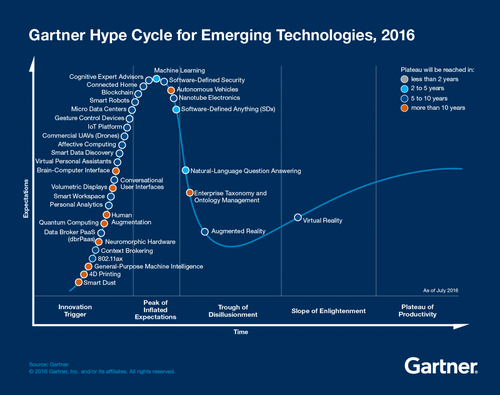Broadcasters Overcome Their Fears to Embrace Virtual RealityBroadcasters Overcome Their Fears to Embrace Virtual Reality
As the big broadcasters overcome their nerves and take their place on the VR bandwagon, Ovum expects video to overtake gaming as the most significant application of VR globally.
May 30, 2017

Big predictions have been made for the size and scope of the future virtual reality (VR) market, to the extent that those who've been caught up in the hype of technologies past might already be preparing themselves for disappointment.
However, that's far from the case, Ovum principal analyst Paul Jackson told his audience when he spoke at TV Connect in London.
Despite major hiccups recently for companies like Samsung, we're still on track for the forecast 250–330 million VR headsets by 2020, Jackson said, with Europe and Northern America contributing significantly, and Asian markets like China, with its VR cafes, paving the way for further adoption.
Gaming is the dominant application of VR today. However, as the big broadcasters overcome their nerves and take their place on the VR bandwagon, Jackson expects video to overtake gaming as the most significant application of VR globally within the next couple of years.
Pitfalls: Past, Present & Future
If the good times for VR are to keep coming, users and key players should be aware of pitfalls the market is already facing and yet to experience, which Jackson drew attention to:
Bandwidth. Anyone who's spent any time with a VR headset strapped to their face will have realised that today's VR is comparatively low-res to other visual entertainment sources out there. Jackson pointed to prototypes for “4K in each eye” now in development, but said this won't solve VR's bandwidth problem. “It's the new network bottleneck… and it's set to get a lot worse,” he warned.
Hype backlash. Again, the majority of those with a vested interest in VR will have been burned before by past technologies with big expectations, that either failed to bloom or came to fruition too late. Even as VR uptake remains on course to meet analysts' forecasts, it could be hurt by overblown hype, inevitably followed by unwarranted criticism.

According to Gartner, VR is returning from the depths of the
Nausea. “”No matter how much people tell you they've fixed it, it's still an issue,” Jackson said. Some VR users will get sick and a greater number will be put off because of this, particularly as interactive VR gaming exacerbates the problem. The roll out of higher resolutions will help, but can't fix the issue for everyone.
Age. As high profile TV broadcasters explore VR as a platform, they're diligently investigating whether there's any possibility of VR harming ocular development in children, Jackson said — “Most vendors are saying 12+ for proper VR, but they're not sure”. Continued uncertainty will hamper future adoption rates for VR among key demographics.
Storytelling. There's a reason why live events and short-form media are the most popular applications of VR video currently. “There's no way to direct somebody's perspective in true VR,” Jackson explained. This poses a significant barrier to the potential for storytelling and narrative-driven video in this area.
Market winners
“Let's be clear,” Jackson told his audience, “nobody's making a profit here”.
While hardware manufacturers are doing well and more content creators are getting involved, the spoils are experience and exposure, not profits at this point.
The likes of Google and Oculus are already looking into platform ownership, in anticipation of the day when VR content is more commonplace and widely accessible. Meanwhile Facebook and other social media site providers are asking themselves, “Can you introduce social experiences and social networking to VR?” For them it's another route for monetization beyond advertising revenue.
Market losers
Jackson along with many other analysts expects infrastructure providers and telcos to be the ones shaking their fists with anger at the emerging market for VR.
“They'll be spending to upgrade their infrastructure, without much hope for increase in revenue,” Jackson said. It's necessary for them, just to keep up with the new and existing competition.
Keep an eye out for immersive AR
“This is not Pokémon Go, this is fully immersive AR,” Jackson said, while touching on a new trend he tipped to watch out for.
Immersive augmented reality (AR), via connected glasses or a smart headset, gives an unrestricted view of the world, enhanced with relevant digital experiences and information, applicable for both consumers and workers.
Ovum anticipated this crowded market to be a hotbed for activity in 2017. “Look out for Magic Leap this year,” Jackson advised, singling out Microsoft, Meta and Atheer as other players to watch out for. Unusually for this market, immersive AR is being approached “business-first”, due to the wide array of potential cross-industry applications — meaning many routes to revenue.
Venue VR — applied in movie theatres, theme parts and gaming venues — was another area Jackson highlighted. A “fascinating 18 months” for VR and AR has laid the foundations for plenty of growth, promising further excitement in this decade and the next.
About the Author
You May Also Like







